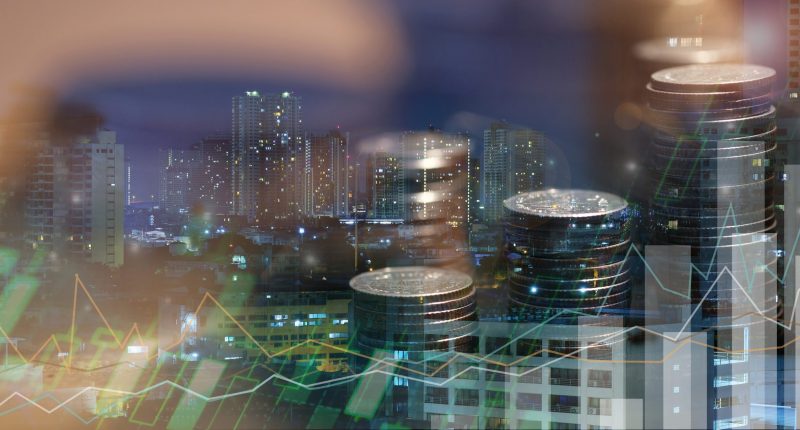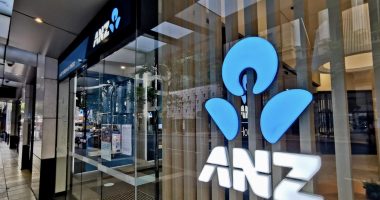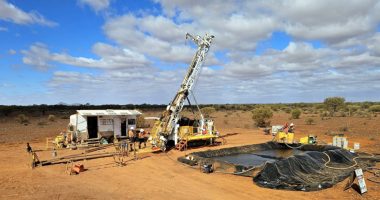Australia’s economy is growing – on an annual basis – at the slowest rate observed since the early 1990s, if one excludes the period impacted by the Covid-19 pandemic.
This was the bad news aspect of the Australian Bureau of Statistic’s release of GDP data for the June quarter, which revealed that for that period, economic growth was at 0.2% – a figure which represented eleven consecutive quarters in the green, and the same reading as for the March quarter of this year, and 2023’s December quarter.
The June quarter figure was largely in-line with expectations.
However, the consistently weak readings across several months has caused a pulling-down effect on the annual data, with the ABS saying that between June 2023 and June 2024, the Australian economy grew by only 1%.
ABS head of national accounts Katherine Keenan acknowledged this in her commentary following the data release.
“The Australian economy grew for the eleventh consecutive quarter, although growth slowed over the 2023-24 financial year,” she said.
“Excluding the COVID-19 pandemic period, annual financial year economic growth was the lowest since 1991-92 – the year that included the gradual recovery from the 1991 recession.”
Also concerning was the number for growth on a per-person basis – which was down by 0.4%, representing the sixth consecutive quarter in the red.
Household demand is unsurprisingly the main factor underpinning this data, with this detracting 0.1 percentage points from GDP growth, while government consumption added 0.3 percentage points – the same contribution as seen in the previous quarter.
The latter represented continued strength in social benefits to households, while weak discretionary spending was the cause of falling household demand.
Indeed, household consumption – which fell by 0.2% in the June quarter – was at its weakest growth rate since the September quarter of 2021, impacted by the Delta-variant lockdown.
Discretionary spending was down 1.1%, following a rise in March.
Spending on essential grew however by 0.5% during the June quarter, influenced by rent and other dwelling services expenses, as well as fuel costs – where spending was up 2.4% due to a reduction in rebates which had been provided during the quarter, and increased need for heating.
Food spending was down 1% as people turned to less expensive options.
Saxo Head of FX Strategy Charu Chanana said the readings were not the market’s main focus for today, but still something to watch.
“Today’s Aussie GDP data isn’t enough to take the focus away from global risk-off activity,” she said.
“There’s a curious case here as to how long the Australian economy can avoid a slowdown if global growth is headed lower.”









